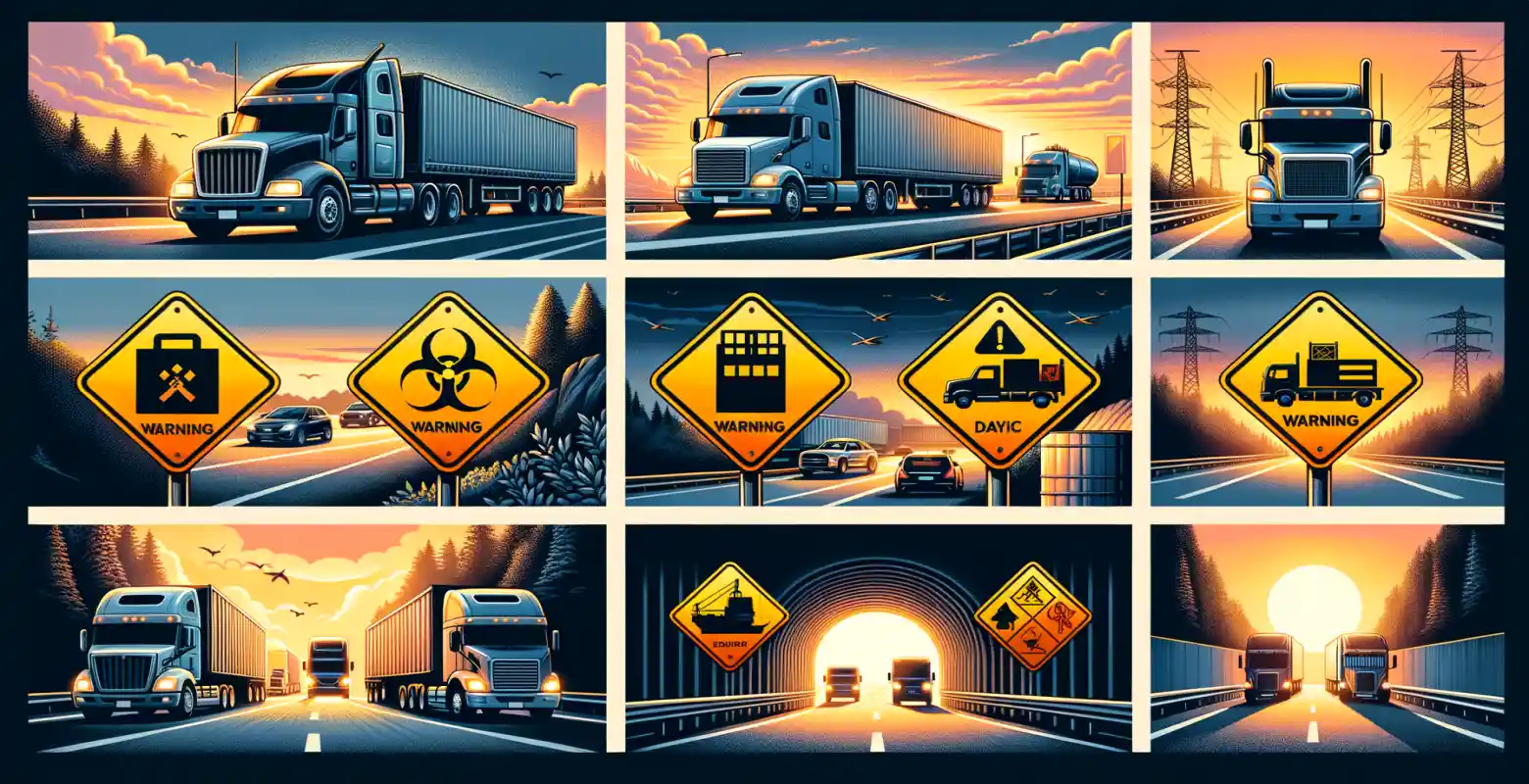Regulations regarding the transport of dangerous goods
Introduction
The transportation of dangerous goods is a topic that is inherently linked to the broad field of transportation and logistics. In the era of globalization and the increasing number of transported materials, knowledge of the regulations governing these issues is crucial for both businesses and drivers. The transportation of dangerous goods, also known as ADR (Accord Européen relatif au transport international des marchandises Dangereuses par Route), is governed by a series of regulations aimed at ensuring safety for both people and the environment. In this article, we will analyze current regulations regarding the transport of dangerous goods, their significance, and the challenges facing the transportation industry.
Regulations and Rules Regarding the Transport of Dangerous Goods
The fundamental document regulating the transport of dangerous goods in Europe is the ADR agreement. Signed in Geneva in 1957, this agreement has been ratified by most European countries, as well as by many countries outside of Europe. The ADR is regularly updated every two years to reflect changing technologies and new threats.
Classification of dangerous goods plays a crucial role in the ADR regulations. These goods are divided into 9 classes, including explosive materials, gases, flammable liquids, flammable solids, oxidizing substances, toxic and infectious substances, radioactive materials, corrosive substances, and various other dangerous materials. Each class has specific requirements for packaging, labeling, and transport procedures.
Packaging and Labeling Requirements
Proper packaging and labeling of dangerous goods are essential to ensure safety during transport. Depending on the hazard class, the packaging must meet specific strength and sealing standards. The labeling includes pictograms and labels informing about the type of hazard and precautionary measures to be taken.
For example, flammable materials must be labeled with a red label with a flame symbol, indicating their potential danger and requiring special precautions during loading and unloading.
Driver Training and Qualifications
Drivers transporting dangerous goods must have appropriate qualifications and training. Completion of a specialized ADR course is required, covering both theory and practice. This course concludes with an exam, and upon passing, the driver receives a certificate authorizing the transport of dangerous goods.
Such training is essential because drivers must be aware of the potential risks associated with transporting dangerous materials and know how to act in emergency situations to minimize risk for themselves and other road users.
Technical and Administrative Aspects of Transport
The transport of dangerous goods also requires compliance with various technical and administrative requirements. Vehicles used for transport must be properly equipped and maintained, and have a certificate authorizing the transport of dangerous materials. Additionally, each transport must be documented using special consignment notes containing detailed information about the cargo being transported.
This documentation is necessary not only to enhance safety but also for monitoring purposes by the relevant authorities and in case of incidents related to the transport.
Challenges and the Future of Transporting Dangerous Goods
Despite the comprehensive and constantly updated regulations governing the transport of dangerous goods, this industry faces many challenges. One of them is the need for continuous training of drivers and personnel responsible for preparing transport, which entails additional costs for logistics companies.
Another challenge is the dynamic development of technology and the emergence of new materials and substances that may pose new threats. Therefore, regulations must be continuously adjusted to keep pace with changes and ensure the highest level of safety.
Summary
Regulations regarding the transport of dangerous goods are a key element of safety in road transport. They allow for minimizing the risks associated with transporting materials that could pose a threat to human health and the environment. While compliance with these regulations presents certain challenges, the benefits of adhering to them are invaluable. Therefore, it is important for both businesses and drivers to be aware of the applicable regulations and regularly update their knowledge in this area.
In the future, further changes and improvements in regulations can be expected in response to technological advancements and new challenges facing the transportation industry. We encourage all interested parties to monitor these changes and continuously enhance their qualifications.






Number of comments: 0